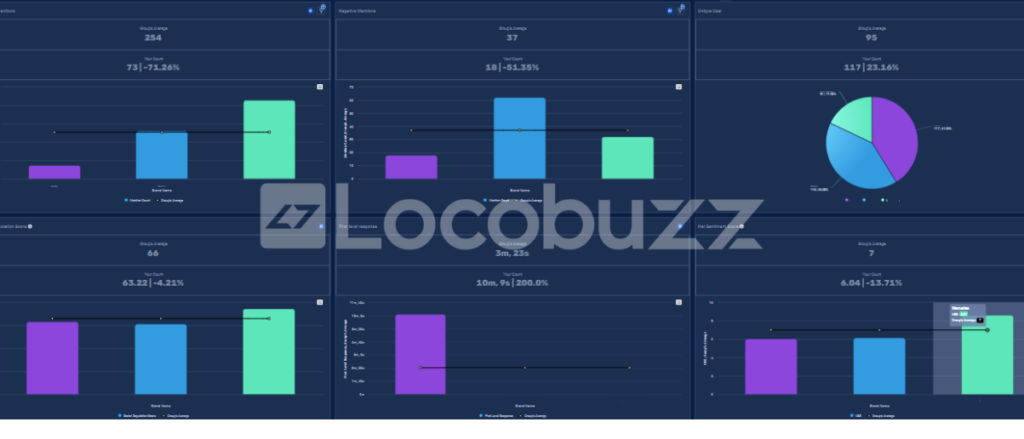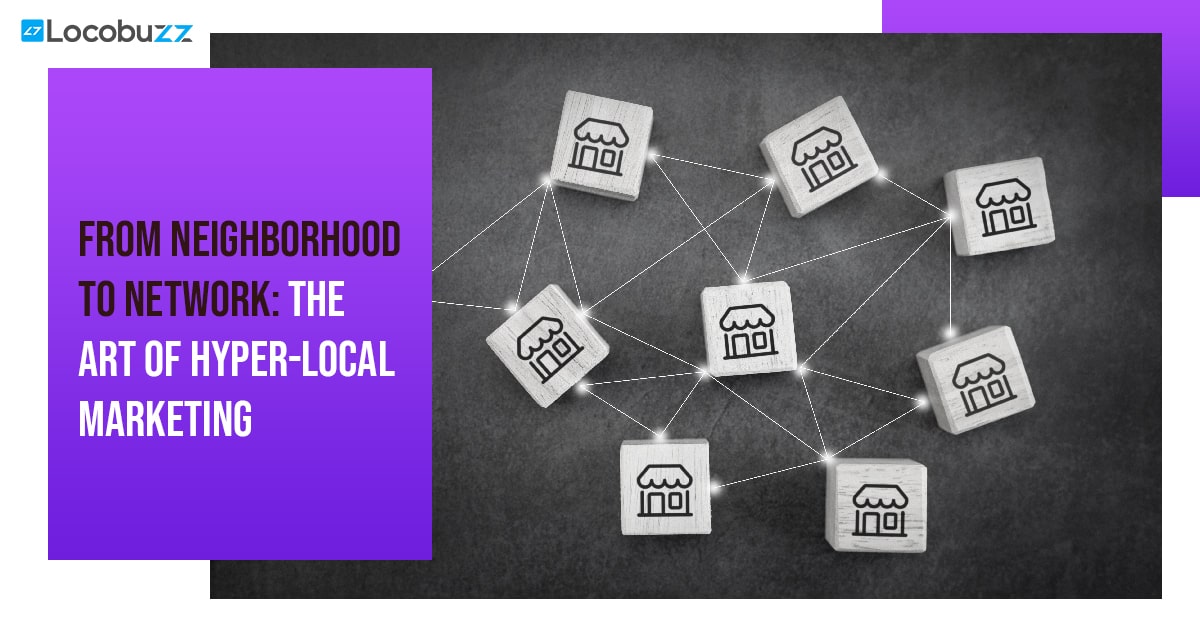What is Brand Competition in Marketing?
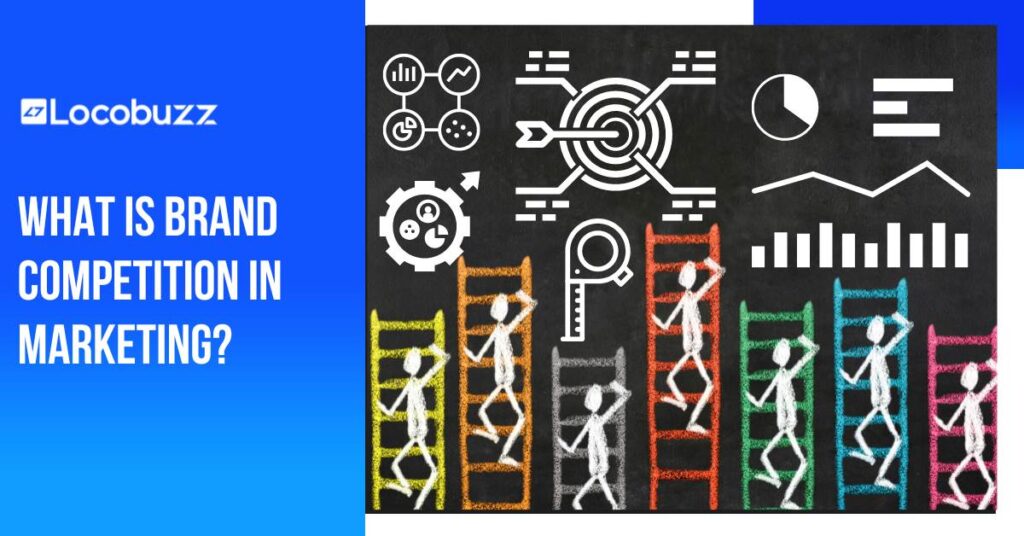
Every brand has a competition, whether they offer a similar product or service or compete indirectly while operating in the same industry. Nancy Pearcey an American author once quoted, “Competition is a good thing; it forces us to do our best.” These days knowing your competitor’s every move is very important as it helps your brand shape your product better.
While there are many reasons as to why knowing your competitors matters, one of the crucial elements is knowing their stand in the digital space. An enterprise-sized business may spend 15% of its revenue on marketing in 2024. Before we move to the areas of the importance of conducting a competitive analysis let us understand what is brand competition.
Leander Pereira
Table of Contents
What is Brand competition?
Brand Competition is the rivalry between companies as they compete for the loyalty of consumers by differentiating their products, services, pricing, quality, and marketing strategies. It involves efforts to outshine competitors by offering consumers innovation or superior quality.
Companies continuously innovate and improve their products to stand out. This could mean introducing new features, using better materials, or incorporating advanced technology. Innovation is not just about being different; it’s about offering something that meets a need or solves a problem in a way that competitors do not.
Good marketing and advertising play superior roles in brand competition. This involves promoting the product but crafting a brand image that resonates with consumers. Through storytelling, emotional appeals, and highlighting unique selling propositions, companies strive to connect with their audience on a deeper level.
In today’s marketing strategy, customer experience cannot be missed as it is a significant differentiator. This includes every touchpoint a consumer has with the brand, from the initial research phase to post-purchase support. Providing a seamless, enjoyable, and value-added experience can set a brand apart from its competitors.
Knowing your competition better by just having a better strategy on its marketing efforts does not end the story there but it is important to track and analyse your efforts and spending on your marketing campaigns. 26% of CMOs consider marketing data and analytics is one of the capability gaps. Moving on let us understand what are the four types of competition in marketing.
What are the 4 types of competition?
1. Perfect Competition
2. Monopolistic Competition
3. Oligopoly
4. Monopoly
Showcasing Brand Rivalry
1. The Coke vs. Pepsi Halloween Campaign
2. boAt competing on a global level
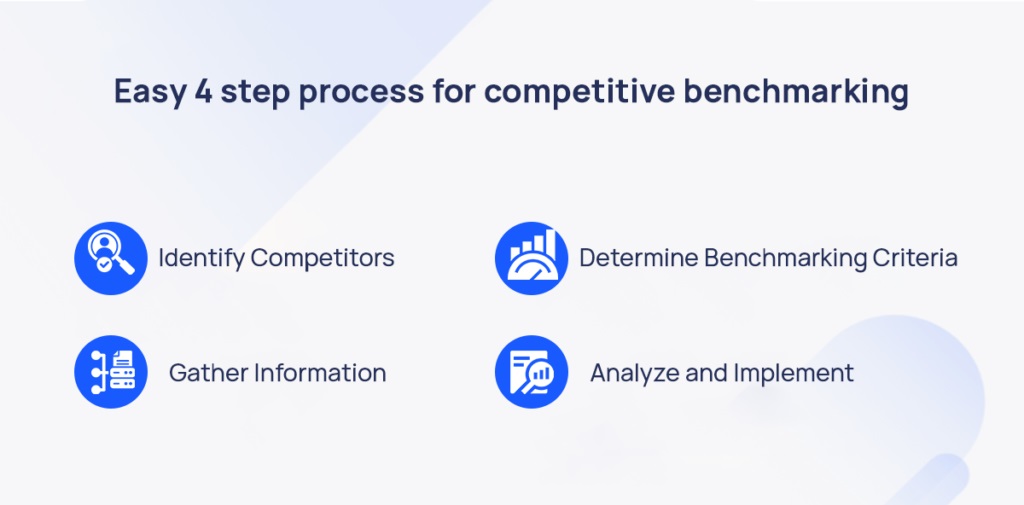
Importance of Analysing Brand Competition
By analysing competitors, your brand can gain valuable insights into its position within the market compared to others. This knowledge helps you identify market gaps, growth opportunities, and areas where you can excel or improve.
Conducting a competition analysis you will get to know better how competing brands can satisfy customer needs and preferences. With this, you can tailor your offerings, services, social media and marketing strategies accordingly.
Studying their achievements and setbacks can spark creativity and improvement. This will motivate you to innovate in product development and customer service.
With the help of benchmarking your competitors, you will understand the strategies, strengths, weaknesses, and plans of your competitors. This includes choices regarding pricing, marketing efforts, product releases, and expansion into new markets or demographics.
Having a competition analysis tool will enable you to check their every move, every marketing strategy, and every motion in the digital space.
The graphic below shows a sneak peek at how a competition benchmarking tool looks.
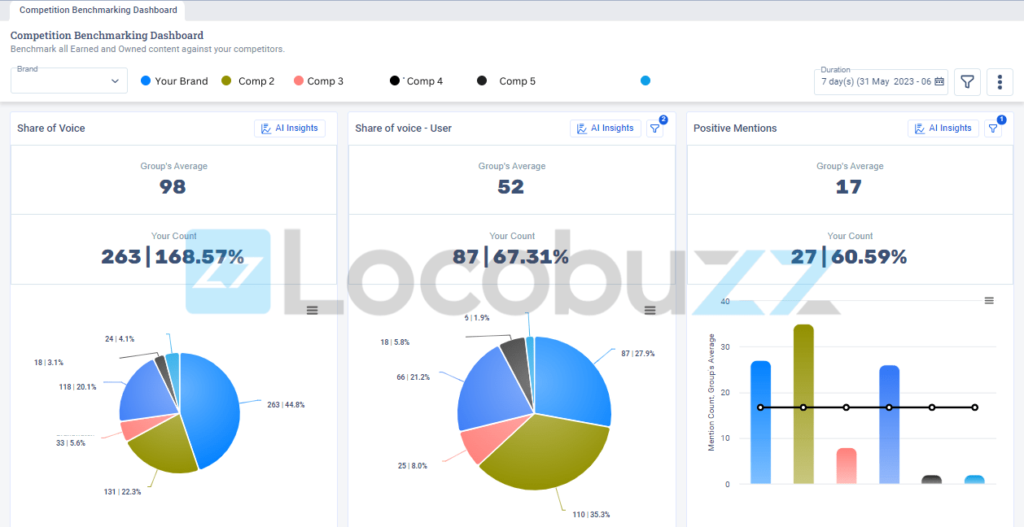
Stay ahead of your competitors with Locobuzz
Intra and Inter competition
What is intra-brand competition?
Intra means “within,” and in this situation, it refers to a brand battling for its products or services within its organisation while also competing directly in the outside market. For example, an SUV is compared to other SUVs competing for attention within the brand’s offers.
The idea behind this approach is to saturate the market and cater to varying consumer preferences, ensuring that customers remain within the brand ecosystem, regardless of their specific needs or preferences.
The challenge over here would be to balance the product portfolio in such a way that each product meets the needs of different market segments without significantly cannibalizing the sales of others within the same brand.
What is inter-brand competition?
The rivalry between different brands offering similar products or services in the same market is called as inter-brand competition. This competition focuses on getting a better market share, differentiating the product or service from its competition, and showcasing its unique offering.
Taking the car industry as an example again, inter-brand competition would be the competition between different car manufacturers. They strives to differentiate itself through various factors like price, quality, innovation, customer service, and branding efforts to win over consumers.inter-brand competition focuses on differentiating the entire brand from its competitors. Managing inter-brand competition involves strategic positioning, marketing, and innovation to stand out in the broader market.
Choosing the Right Tool to Maintain a Brand's Competitive Advantage
Locobuzz combines different business activities, such as brand listening, competitor benchmarking, campaign analysis, online reputation management, and complete social media management, to enhance brand performance and improve customer retention.
With AI integrated into the tool, firms such as Fibe have been able to minimize their time to reply to a large number of customer chats and compete effectively against their competitors by maintaining strong customer relationships.
Locobuzz has a dedicated dashboard to benchmark all earned and owned content against your competitors. The images below provide a sneak peek into the dashboard.
Want to know how Fibe made a difference using locobuzz? Download the case study below.
